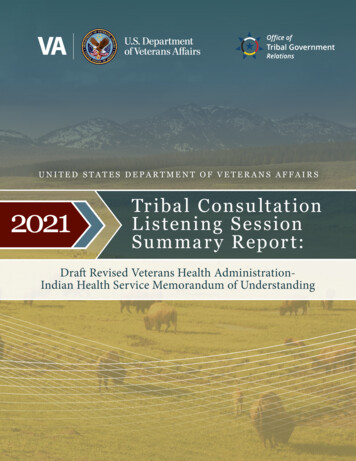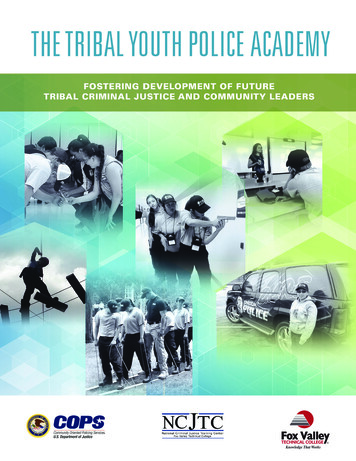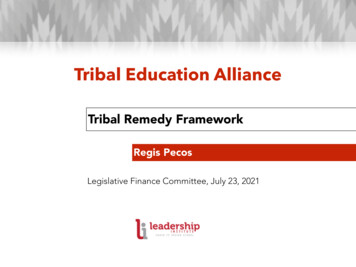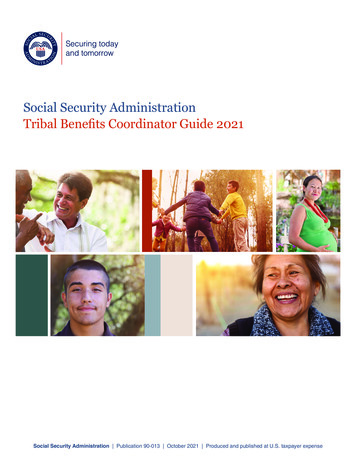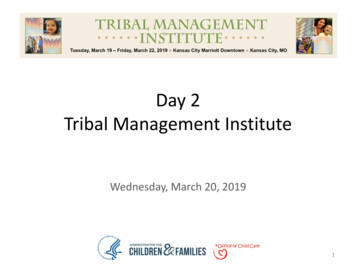
Transcription
Day 2Tribal Management InstituteWednesday, March 20, 20191
Welcome and Check-In2
For the Next Seven Generations:Exploring Strategic Planning in CCDFTribal Lead AgenciesWednesday, March 20, 20193
Presenters Ginny Gipp, OCC Melody Redbird-Post, NCTECD Lisa Blackmon, OCC Region VI Carolyn Codopony, Comanche Nation Barbara O’Neal, Muscogee Creek Nation Brittany Suralta, Cook Inlet Tribal Council4
Plenary Objectives Explore the Tribal Child Care Management SystemsFramework components of leadership andcoordination and program management, planning,integrity, and accountability systems in AI/AN CCDFprograms. Increase awareness of Tribal Lead Agency CCDFstrategic planning approaches. Share and discuss strategic planning-relatedexperiences in their CCDF programs.5
Plenary Agenda Strategic Planning in CCDF Introducing the Proposed Tribal Child CareManagement Systems Framework Overview of OCC’s Peer Learning and LeadershipNetwork Fellows Program Panel Discussion on Strategic Planning Approaches inTribal Lead Agencies6
Strategic Planning in CCDF7
What Is Strategic Planning?“Strategic planning enablesleaders and keystakeholders to define,support, and commit to ashared vision and the beliefthat the vision can happen,envision a desired future,and develop goals,procedures, and sequentialactions to realize that future.”Source: Child Care State Capacity Building Center (2016), Systems Building Resource Guide 2: Strategic Plans. Retrieved ceGuide2 PrintFile.pdf8
Strategic Planning Helps Prioritize You can use a strategic plan to:– View how your program supports yourcommunity's vision– Determine how your program contributes to oraligns with a community vision– Get a systemic perspective of your program’sneeds, strengths, and priorities– Develop goals and a vision for your program.9
ImplementationImplementation of a strategic planning activity requirescoordination with key individuals which can include thefollowing: CCDF program staff Providers Parents Tribal leaders or business council Tribal business staff (human resources, fiscal, etc.) Community partners Other stakeholders10
Strategic Planning Provides Focus Strategic planning goals and outcomes are determined onassessment of needs. Choose a topic such as (but not limited to) thefollowing:– Health and safety systems– Community partners and consumer services– Subsidy systems– Management systems– Equal access– Provider systems Tip: It is most beneficial to know what topic area or system toassess.11
Prioritizing GoalsAssessneedsIdentifyCoordinateImplement12
Strategic Planning ImplementationA tool for evaluating, aligning, and revising the discrete components that must beconnected to establish a systemEnables leaders and key stakeholders to define, support, and commit to a sharedvision and the belief that the vision can happenImplementation Steps:1. GatherInformation2. AssessNeeds3. AnalyzeData4. CCDFAlignment5. GoalSetting13
Office of Child Care’sPeer Learning and LeadershipNetwork Fellows Program14
Peer Learning and Leadership NetworkFellows Program Focuses on emerging leaders in AI/AN CCDFand early care and education programs andtheir partners. Launched in 2013 Currently in Cohort 315
Peer Learning and Leadership NetworkFellows Program Enhances and nurtures new leadership andmanagement skills within the context ofcreating a strong early care and educationsystem and supporting the effectiveimplementation of the CCDF program.16
PLLN Cohort 117
PLLN Cohort 218
PLLN Cohort 319
Introducing the Proposed TribalChild Care Management SystemsFramework20
National Center Collaboration National Center on Program Management andFiscal Operations National Center on Tribal Early ChildhoodDevelopment– Piloted a CCDF adaptation of the Head Start ManagementSystems Wheel in cohort 3 of OCC’s Peer Learning andLeadership Network21
Head StartManagementSystemsWheelSource: National Center on Program Management and Fiscal Operations (n.d.) Head Start Management Systems Wheel. Washington, DC:Office of Head Start. Retrieved from rship/article/management-systems22
Tribal Child CareManagementSystemsFramework23
Leadership andCoordination24
ySystems25
Program Planningand DesignTechnology andInformation SystemsData and EvaluationTraining andProfessionalDevelopmentFiscal ManagementCommunity NeedsAssessmentProvider SettingsTransportation(if applicable)CommunicationRecordkeeping andReportingProgramAdministration andContinuousImprovementHuman Resources26
Implementation ofCCDF Final RuleRequirements: Health and SafetyConsumer EducationQuality ImprovementSubsidy and EqualAccess27
Program Goals: Supporting FamilySelf-SufficiencyPromoting HealthyChild Development28
Where Does CCDF Fit?Tribal GovernmentTribal Departmentsand Programs(e.g., social services, CCDF,TANF)CCDF Administratorand TLA StaffCCDF ProvidersCCDF-EligibleFamilies andChildrenNote: “TANF” is TemporaryAssistance for Needy Families.29
Questions?30
Exploring Strategic PlanningApproachesPanelists:Carolyn Codopony, Comanche NationBarbara O’Neal, Muscogee Creek NationBrittany Suralta, Cook Inlet Tribal Council, Inc.31
Question for Panel:In what ways do you ensurethoughtful planning efforts?32
Question for Panel:How are you engaging differentleadership and support in yourprogram planning efforts?33
Question for Panel:How do you coordinate practicesfor strategic planning decisions,which includes goal setting, thatwill move your program forward?34
Question for Panel:What is your vision for your CCDFprogram and what strategies do youuse to ensure alignment of programoperations with community and triballeadership?35
Question for Panel:What leadership strategies or skillshave you used in your journey as aCCDF Administrator?36
Questions forthe panelists?37
For the Next Seven Generations:Applying Strategic Planning in CCDFTribal Lead AgenciesMelody Redbird-Post, NCTECDSusan Rohrbough, SCBC38
Facilitators Ginny Gipp, OCC Lisa Blackmon, OCC Region VI Melody Redbird-Post, NCTECD Susan Rohrbough, SCBC39
Plenary Part Two Objectives Learn about and reflect on other Tribal Lead Agencystrategic planning approaches. Engage in small group discussions with their peers. Explore sample strategic planning resources andtools available to establish effective strategicplanning processes in their CCDF programs.40
Plenary Part 2 Agenda Reflections and Discussion Small Group Sharing Developing Your Vision forthe Future Planning Resources41
Reflections and Discussion What did you hearthat sparked yourinterest?42
What resonated with you the mostfrom the panelists’ experiences?What is something you heard that youmight want to explore in your program?43
Visioning Activity44
Visioning Activity InstructionsGoal: To create a visual representation of apreliminary vision for your CCDF program to share.1. Choose a teammate at your table. Decide on Interviewer andPerson Responding roles and who will go first.2. Use the Interview Guide to ask your teammate the questions.Note their responses. Then switch.3. Write down some key words or phrases from each question.These are your themes.4. Together, represent a VISUAL summary of both of your themesusing words and images on your flip chart. Share your summary.45
Sharing46
Planning Resources47
Thank you48
Networking BreakSee you in Concurrent Sessions: Block 249
Explore the Tribal Child Care Management Systems Framework components of leadership and coordination and program management, planning, integrity, and accountability systems in AI/AN CCDF programs. Increase awareness of Tribal Lead Agency CCDF strategic planning approaches. Share and discuss strategic planning-related
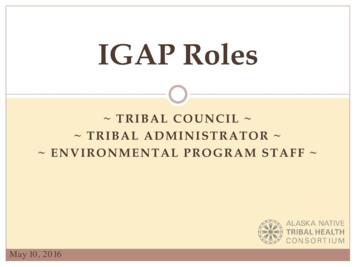
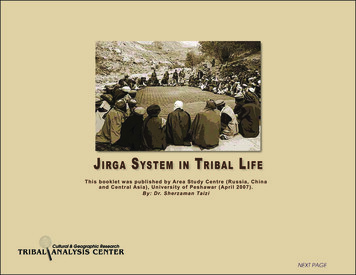

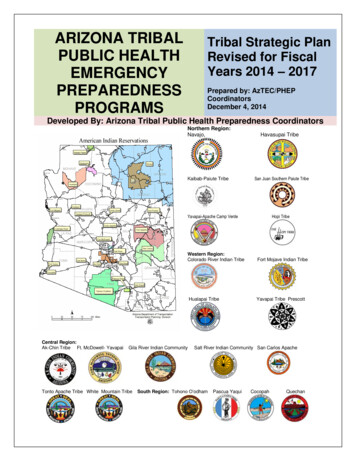
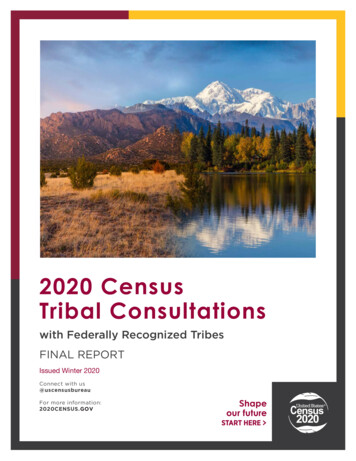

![Welcome [dashdiet.me]](/img/17/30-day-weight-loss-journal.jpg)
